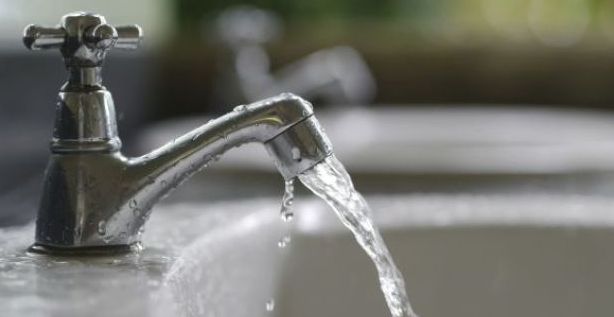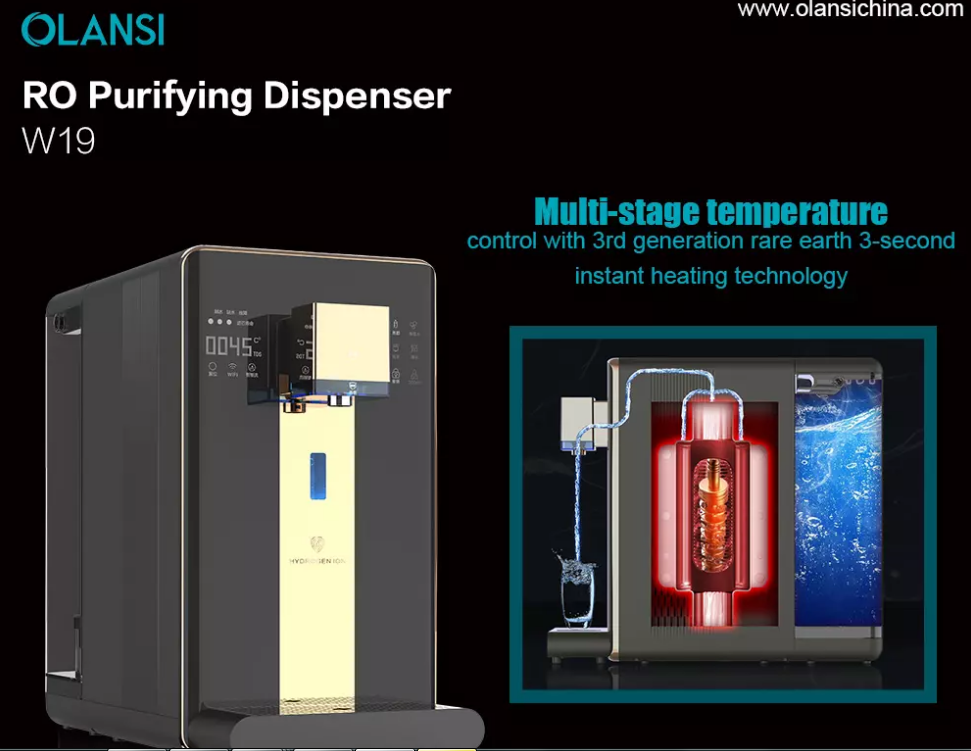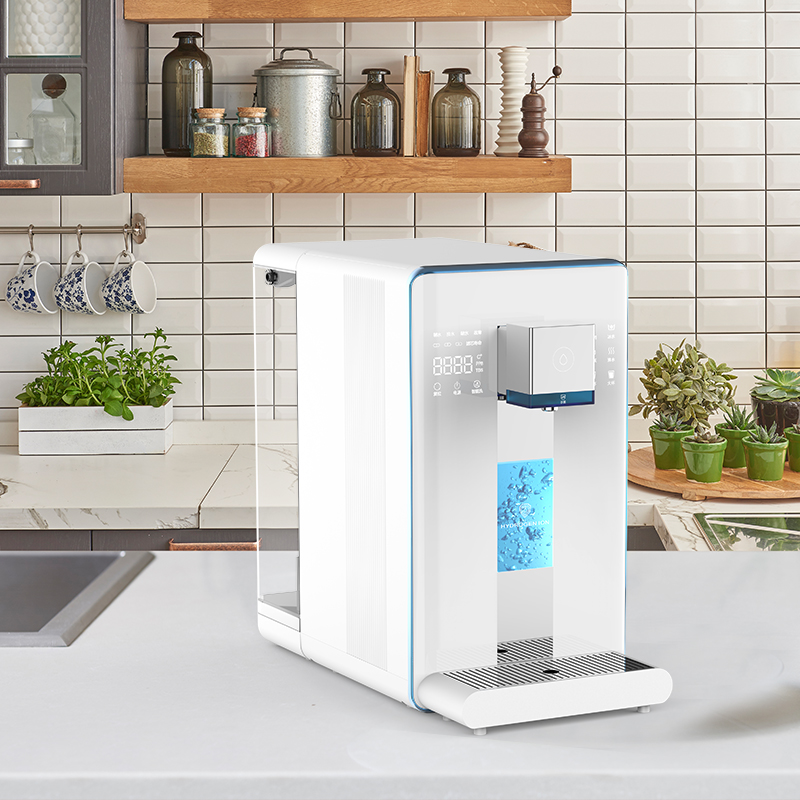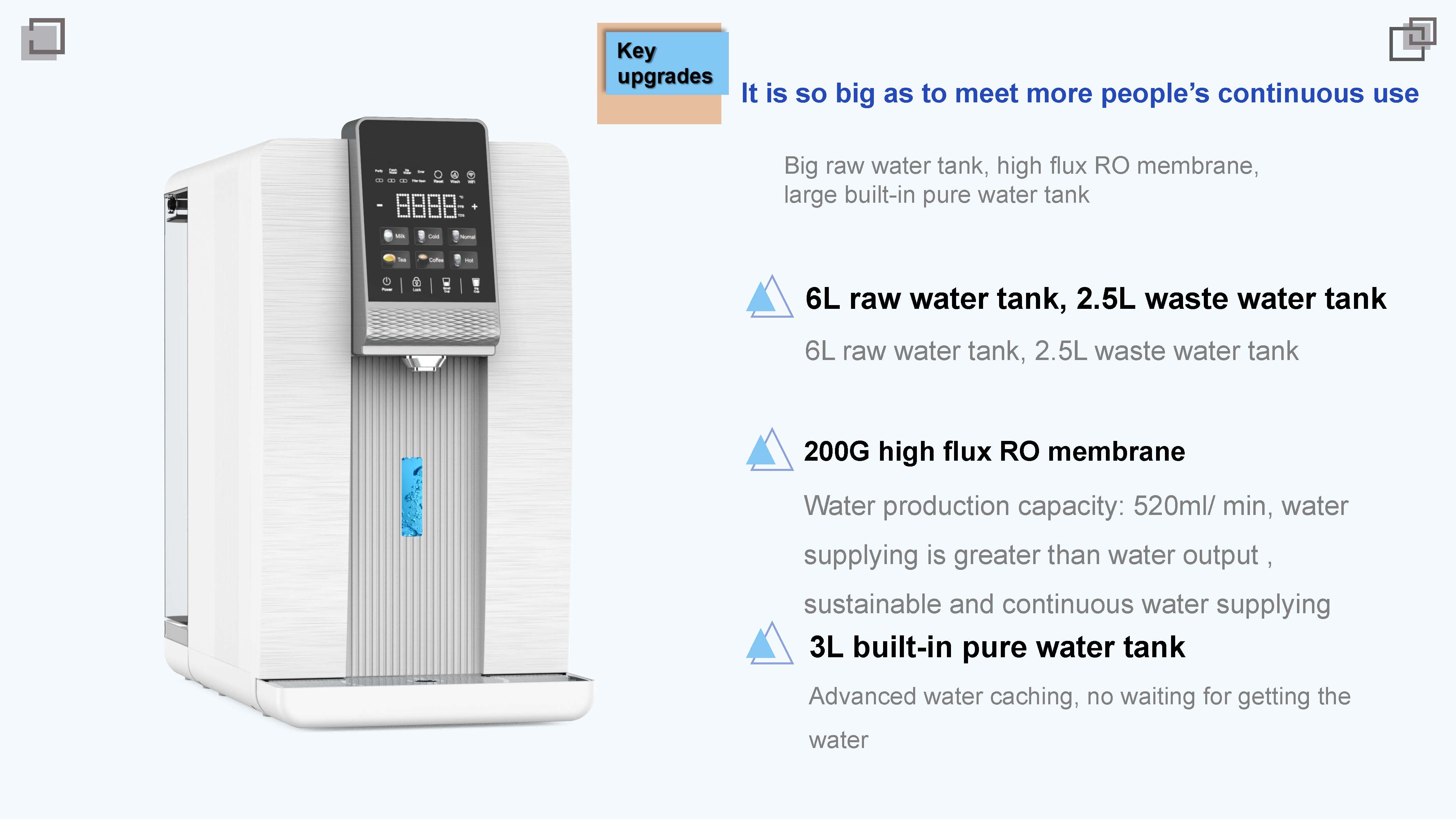What is the difference between a water purifier that produces wastewater and a general water purifier?
In our daily life, we will be exposed to many water treatment equipment and methods, especially the process of converting natural water and tap water preliminarily treated by waterworks into drinking water. From boiling to adsorbing impurities with aluminum potassium sulfate (alum) and activated carbon, and then filtering through composite filter element, it can be used as drinking water. At the same time, if we continue to improve standards and take the preparation of pure water as the ultimate goal, there will still be a combination of technical steps such as distillation, RO reverse osmosis, ultraviolet irradiation and deionization exchange.
RO reverse osmosis is a technology that extends from “decentralization” in the industrial and chemical field to the household field. With the wide application of semi permeable membrane, it also brings wastewater from RO reverse osmosis water purifier, which is different from general filter water purifier / water dispenser. The main difference between the two is that the latter has further water purification capacity through the application of RO reverse osmosis technology, and has the ability to reduce the content of dissolved inorganic salts in water and produce softened water.
Considering that the ability of conventional filter element to absorb and intercept impurities is always limited, the application of semi permeable membrane can be said to be a big step forward in water filtration technology. Here we briefly introduce the chemical potential and osmotic pressure as the theoretical basis.
Chemical potential as an amount of thermodynamic strength is similar to temperature. We know that heat is always transferred spontaneously from high-temperature objects to low-temperature objects. Similarly, particles always tend to transfer from the area with high chemical potential to the area with low chemical potential, which is reflected in specific environmental conditions: only when the water supply components pass through the semi permeable membrane of aqueous solutions with different concentrations on both sides, the water molecules on the low concentration side have the tendency to penetrate to the high concentration side.
However, this trend is not endless. On the one hand, with the passage of water molecules, the concentration of the solution will change in real time. On the other hand, the aqueous solution on the high concentration side will generate additional pressure, which will eventually form a balance between pressure and chemical potential. This water blocking molecule will penetrate from the low concentration side to the high concentration side, and the minimum additional pressure applied from the high concentration side is the osmotic pressure.
By understanding this point, we can more easily understand the principle of RO reverse osmosis water purifier: apply greater pressure on the side of high concentration aqueous solution (such as tap water) through booster pump to force water molecules to permeate into the low concentration side in turn, while most salt can not pass through semi permeable membrane and can only be deposited on the high concentration side, In this way, the water flowing out from the low concentration side is more suitable for drinking after a variety of treatment, and the purification steps include filtration, adsorption, softening, etc.
Some readers may ask: can the water purifier only use RO reverse osmosis technology to replace the traditional filter element? This is feasible in theory, but not suitable in practice, because on the one hand, considering the size and type of impurities, if the large solid impurities that can be blocked in the conventional filter element directly impact the surface of the semi permeable membrane, the water flow is easy to cause damage, and the semi permeable membrane is directly discarded, with a high unit cost; On the other hand, due to the trade-off between cost and service life, the interception function of the traditional filter element was originally in the field of large solid impurities, which is also a more economical solution. For the water filtered by physical, chemical, adsorption and other methods, the trace salt that cannot be used in the previous steps shall be handed over to the semi permeable membrane for interception, so as to maximize its service life and reduce the burden of cost and consumables. As the saying goes, an ox knife cannot kill a chicken. This sentence can also be used for water purification.
The final question to be answered is why the RO reverse osmosis water purifier produces wastewater. This is related to the semi permeable membrane that intercepts salt on the high concentration side. As mentioned earlier, salt cannot be deposited on the high concentration side through the semi permeable membrane. At this time, in order to prolong its service life, a self-cleaning method is carried out, which needs to act on the surface of the high concentration side of the semi permeable membrane. The carrier of this cleaning method is naturally the water that has always existed in the water purifier. When the user opens the faucet of the water purifier, it carries the purification process and cleaning process of running water scouring the semi permeable membrane surface. At the same time, the accumulated salt and part of the water are discharged into the wastewater. Although the water with high salt content cannot be drunk, it has also been purified by various filter elements before the semi permeable membrane, and there are many available scenes, so it is not a special waste of water resources.
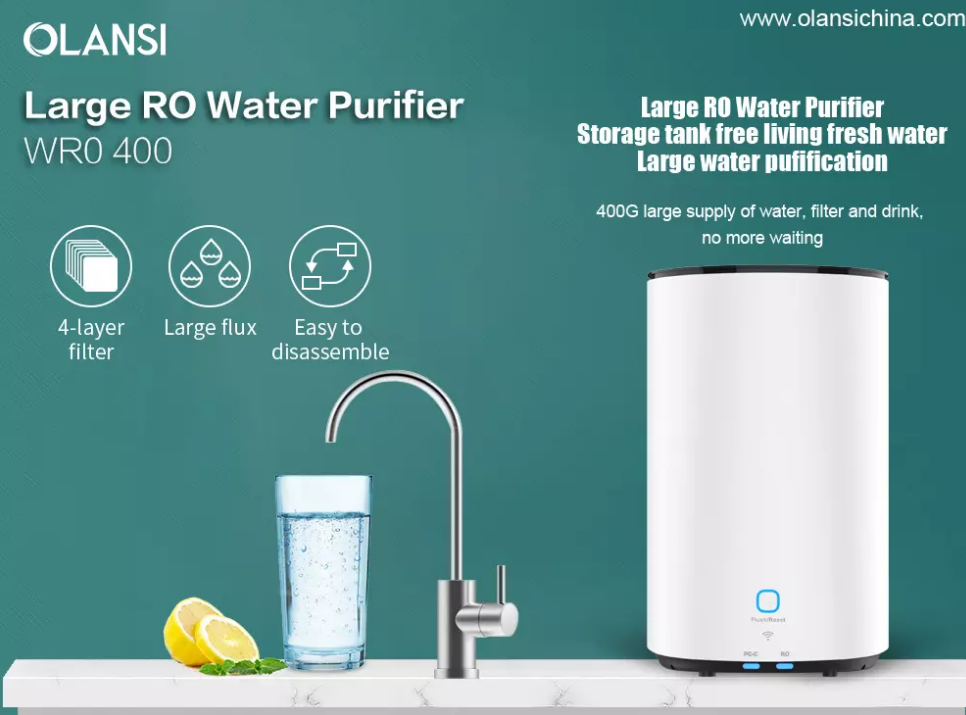
Nevertheless, improving the ratio of pure wastewater is also a hot topic in the research and development of RO reverse osmosis water purifier manufacturers in recent years. From the early 1:3 to 1:1, and then to the 3:1 pure wastewater ratio that some products can achieve now, it not only greatly improves the utilization rate of water resources, reduces the cost of water use, but also helps our living environment. Some manufacturers, such as yunmi, achieve this effect by providing main and auxiliary double RO reverse osmosis membranes. The wastewater generated by the main RO reverse osmosis membrane passes through the secondary membrane, which not only improves the proportion of pure wastewater, but also reduces the pressure of single RO reverse osmosis membrane and prolongs the service life.

